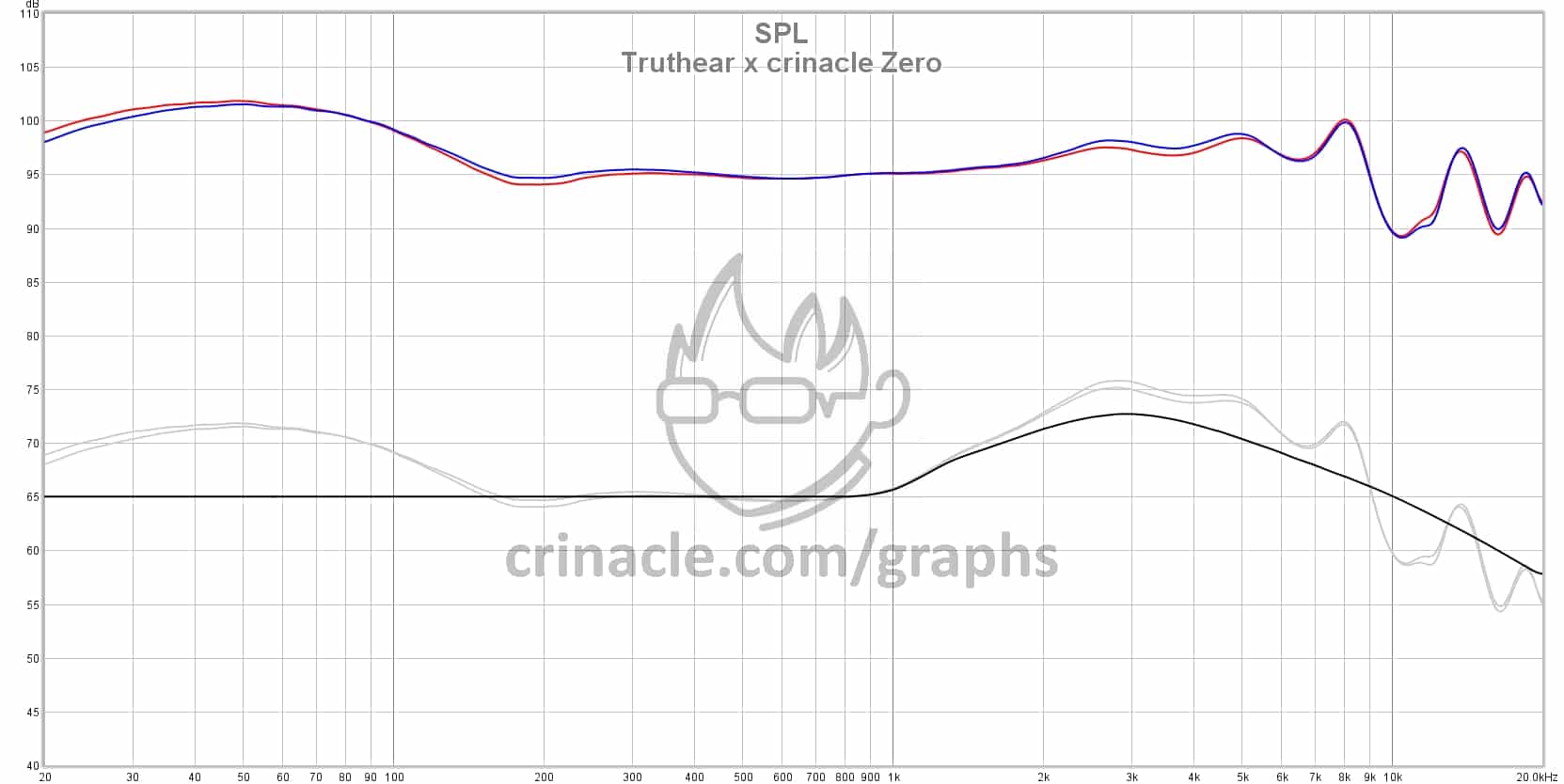The question would be what does "the same" mean, ie what's the "different difference" and how does it compare with minimum thresholds of audible difference.
But IMO : that assumption is probably erroneous, just like it already demonstrably is for over-ears, albeit depending
a lot on the type of over-ears, ie
most large fully open dynamic headphones probably translate a lot better between ear simulators and individuals than
most passive closed back or possibly
some ANC headphones above the feedback range (maybe the same applies to different types of designs for IEMs ?).
We have very little info for in-ears when it comes to in-situ response.
A while back Rtings compared the 5128 to their HMS, this shows the difference between the two fixtures for IEMs only, for both R and L channels :
View attachment 231071
Like with the over-ears you tend to get an identifiable trend with some noise around it and some outliers.
This is just me but the "different difference" showed here would definitely go into the "audible" category.
You then have to add the issue of properly measuring active headphones in the first place, which is a whole another pitfall riddled with issues such as :
- the ratio between the feedback range and the passive range above it, which will vary - here it's crucial that the fixture is an adequate representation of the average human ear, and this
may also add additional variance between individuals in addition to the upper treble resonances variation
- making sure that you've fooled the wear sensors to activate the proper mode (the ones relying on capacitance can be particularly tricky)
- making sure that you understand very well how the feedback mechanisms work, some of them are not real-time and won't give proper results with sweeps unless you go through the proper procedure (ex : AirPods 3 and AirPods Pro and Max when ANC is off).
If I may, the idea that two IEMs can be inserted at the same depth is a bit academical given that individuals will be forced to position most IEMs in a way that is in accordance to their own anatomy. I just physically cannot insert a pair of AirPods Pro quite as deep as a pair of Etymotic for example.
It's probably a more practical consideration to have a good database on human anatomy and analyse how the IEM being developed interacts with various individuals to statistically determine the range where this particular design falls in terms of resonances, and tune it in accordance to these findings.
And in extenso probably more realistic as well to measure IEMs on ear simulators with a realistic pinnae / concha / ear canal entrance rather than just a coupler and try to match the resonance.
Is that a reference to "The Correlation between Distortion Audibility and Listener Preference in Headphones", 2014 ?
Since that article deliberately and for good reasons (since FR had to be a controlled variable) eschewed the question of how different headphones translate more or less differently between ear simulators and individuals, by playing recordings of the headphones on a virtual pair of headphones, it stands to reason that the headphones with low distortion sounded similar.
The way I understand it,
@CedarX question was primarily interested in the issues of ear simulator to individuals translation, something I believe Harman is currently evaluating for over-ears and with blocked ear canal entrance mics.




